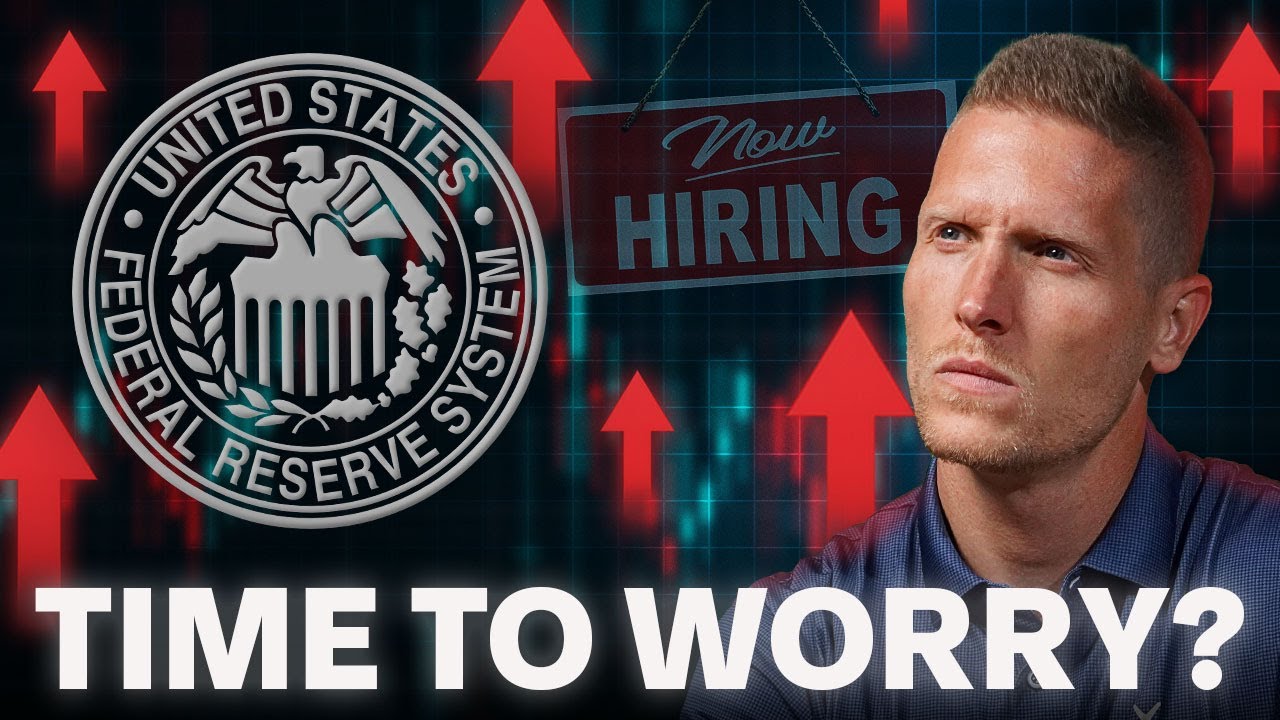
The accelerating growth of innovation and technology is changing almost everything about the world around us, and investing is no exception. Many changes are positive; investing is now accessible to more people and those with lower incomes, and there are funds available that have low and even no expenses. Previously, funds may have required an initial investment of thousands of dollars (some still do) and expenses were much higher. How else has technology changed the way people invest?
1. The rise of passive investing
The explosion of innovation and technology coincides with an increase in popularity of passively managed index funds. Last year, the amount of assets in passively managed funds surpassed the amount in actively managed funds for the first time. Every investor has access to historical returns, expenses, and other investment data, and many are choosing passively managed index funds.
Not everyone is a passive investor. Bored at home with no sports to watch, some Americans are turning to gambling on stocks as a form of entertainment. Anyone with an internet connection and a bank account can invest in the stock market, but that accessibility is only beneficial to those that know what they’re doing.
2. Instant information
In the past, investors would patiently wait for their monthly statements to come in the mail to see how their portfolio was performing. Those that had a financial advisor could call for an update, and investors might check stock prices in the newspaper, but up-to-the-minute information about their savings was mostly unavailable. Now, nervous retirees can watch their portfolio rise or fall in real-time. This information overload is great for staying up-to-date and knowledgeable about the performance of the stock market, but how many long-term investors need to know about every movement and wobble of the market, no matter how slight?
Long-term investing was arguably easier in the past, when times were simpler and information traveled slower. Although technology gives you the ability to check on your portfolio every minute of the day, it may be good for your mental and financial health to only check occasionally. If you have a portfolio built for good times and down times, short-term variations in the stock market don’t necessarily require you to take action.
3. Robo-investing
Investors looking for a less-than-human touch may be interested in robo-advising platforms that offer automated investment management. Robo-advisors have been around for several years now, but have failed to take off like some initially predicted. In October 2017, robo-advisors had $224 billion in assets under management, and in late 2019 that number reached $283 billion.
That may seem like a substantial amount of growth, but once you account for the growth of the market, it isn’t that impressive. Over roughly the same time period, from October 2017 to October 2019, the S&P 500 went up 18.0%; assets under management by robo-advisors went up 26.3%, so much of the growth in robo-advisors from 2017 to 2019 is likely due to the stock market going up rather than an huge increase in number of accounts or inflows to robo-advisors.
One reason robo-advisors might be struggling to grow is a lack of value. They do cost less than a traditional financial advisor, but investors may be finding they can replicate robo-advisors themselves through target-date funds or less expensive manual investment management. Instead of replacing financial advisors, robo-advisors value is often in replacing the investors themselves, and based on the numbers, many investors are deciding that robo-advisors aren’t worth it.
4. Social media affects investment decisions
There is more noise than ever surrounding the stock market and investing. Before the internet, information was gleaned from newspapers or television. In the early days of the internet, before social media as we know it today, there were popular chat rooms and investment forums where users would discuss the stock market. Today, any news about the stock market travels as fast as the speed of light to anyone interested. This means we may see things we haven’t seen in the past. Earlier this year, we had one of the fastest market drops, and then recoveries, in history. A research project from 2018 found that social media can impact investor decisions, and obviously not all information posted on social media is true.
There are several examples of this phenomenon in the book An Inside Look at Trading in Today’s Markets. In 2008, a rumor began circulating online that Steve Jobs, then CEO of Apple, had a heart attack. The rumor caused Apple’s stock to temporarily drop 5%. In 2013, shares of Audience Inc. dropped 25% in two minutes after an account imitating a short-selling firm announced that Audience was being investigated by the Department of Justice. By the end of the day, after the rumor was refuted, Audience was up nearly 5%.
Technology isn’t just changing investing, but everything about building wealth, including managing cash, time, and even working. Our latest show explores how technology is changing the financial world, and what you can do to make sure you’re not left behind. Watch it now on YouTube below.













